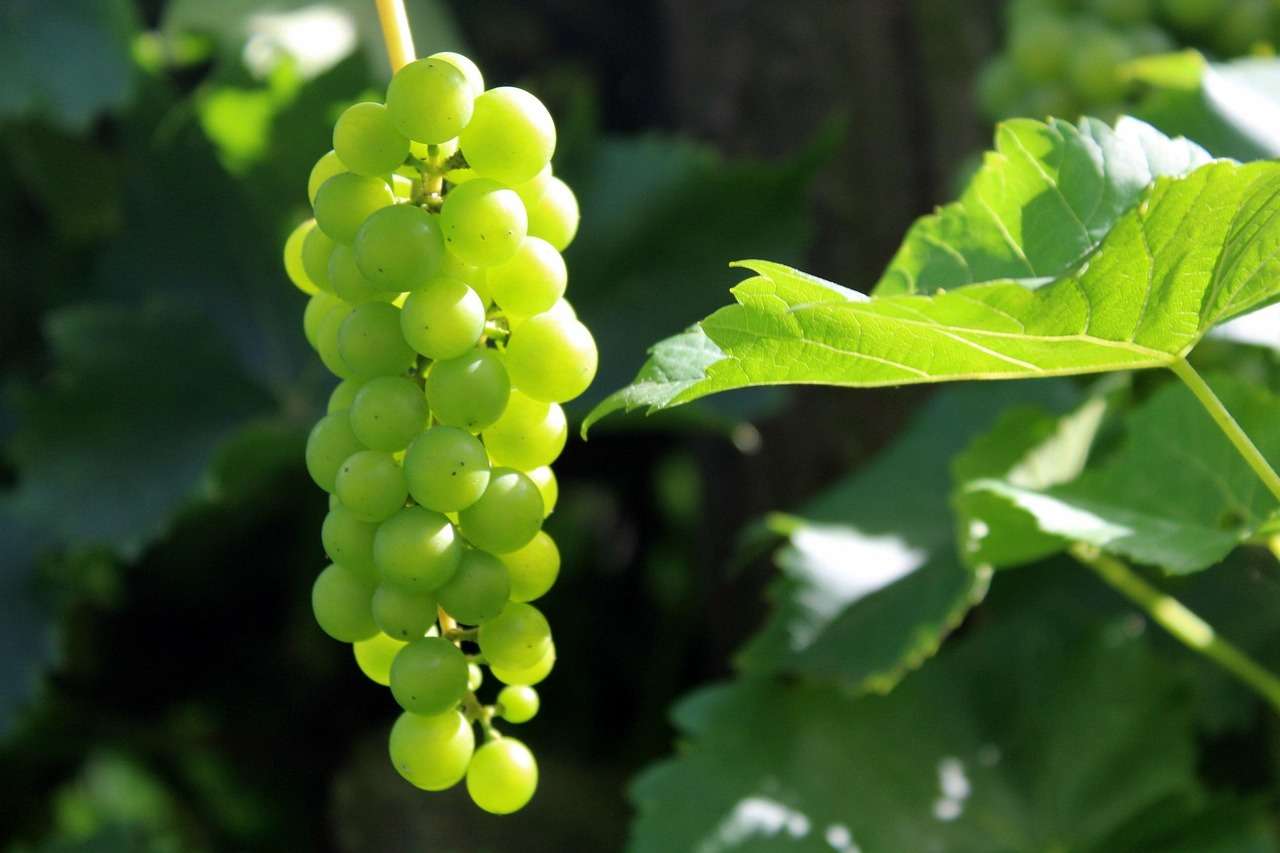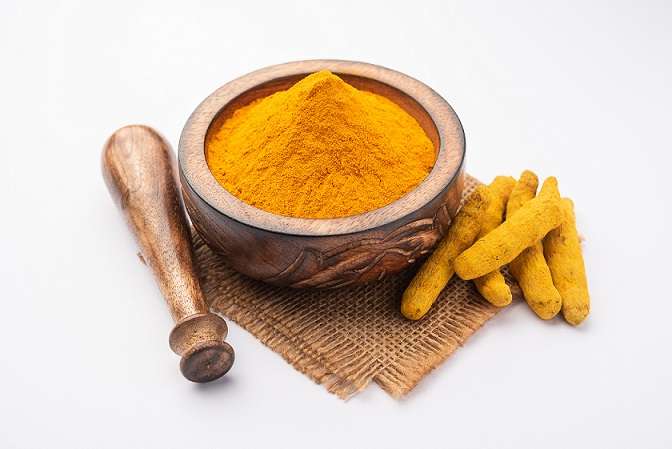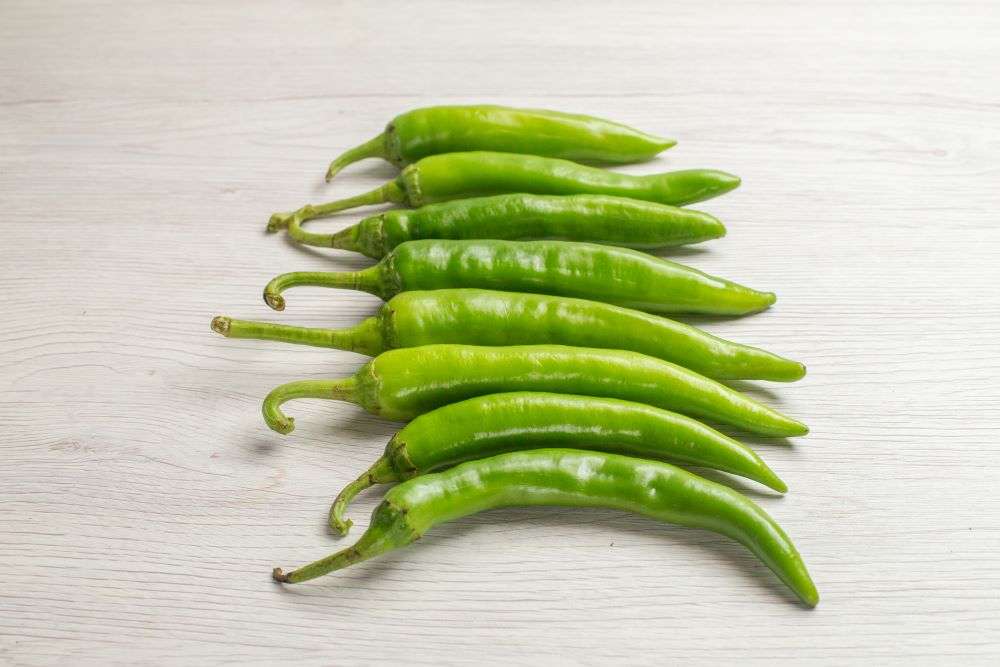India, known for its vast agricultural heritage, is one of the world’s largest producers and exporters of grapes. With an ideal climate and growing global demand, India’s grape export industry has experienced a notable rise in recent years. In this blog, we will delve into the latest statistics, factors driving the growth of grape exports, challenges, and the role of companies like Indo Foods Export in boosting exports.
Grapes Export from India: The Current Landscape
India has established itself as a significant player in the global grape market, with exports steadily increasing over the years. This growth is fueled by advancements in agricultural practices, high-quality produce, and expanding international demand. Indian grapes are highly sought after in markets like Europe, the Middle East, and Southeast Asia, with exporters focusing on meeting stringent quality standards and sustainability practices.

Key Statistics of Grapes Export from India
As of the most recent reports for 2024, India’s grape exports reached approximately 250,000 metric tons, contributing to an export value of USD 300 million. This marks a significant rise compared to previous years. The global demand for high-quality grapes, especially seedless varieties, has played a central role in this upward trend.
The major export destinations for Indian grapes include:
- Middle Eastern countries like the UAE, Saudi Arabia, and Qatar, accounting for about 30% of India’s grape exports.
- Europe, particularly the United Kingdom, Germany, and the Netherlands, has consistently been a strong market, importing Indian grapes year-round.
- Southeast Asia, including countries like Sri Lanka and Malaysia, also represent a growing segment of India’s export portfolio.
Export Growth and Volume Trends
The growth in grape exports from India has been driven by a rise in production capacity, better yield management, and improved post-harvest technologies. From 2019 to 2024, Indian grape exports have grown at an average rate of 8-10% annually. This growth is attributed to the increasing demand for Indian grapes, particularly the Thompson Seedless and Flame Seedless varieties, which have a global appeal due to their sweetness, color, and longer shelf life.
Factors Driving the Growth of Grape Exports
1. Ideal Climate and Agricultural Practices
India’s diverse climate allows grape cultivation in several regions. States like Maharashtra, Andhra Pradesh, and Karnataka are the major grape-producing hubs in India, benefiting from the Mediterranean climate ideal for growing high-quality table grapes. Additionally, the adoption of modern agricultural techniques such as drip irrigation, organic farming, and integrated pest management has significantly improved both quality and yield.
2. Quality Assurance and Certifications

India’s grape industry has made considerable strides in maintaining quality standards. The use of GlobalG.A.P. certifications, adherence to ISO standards, and other international certifications ensures that Indian grapes meet the stringent requirements of global markets. These certifications enhance consumer trust and open doors to premium markets in Europe and North America.
3. Technological Advancements in Packaging and Storage
Grapes are highly perishable, and their export requires careful handling to avoid spoilage. The use of Modified Atmosphere Packaging (MAP), vacuum cooling, and cold storage techniques has improved the shelf life of Indian grapes during transit. Investments in refrigerated transportation and logistics ensure that the grapes reach international markets in the best possible condition.
4. Government Support and Trade Agreements
The Indian government, through agencies like the Agricultural and Processed Food Products Export Development Authority (APEDA), has provided robust support to grape farmers and exporters. Furthermore, India has entered into several free trade agreements (FTAs), particularly with the Gulf Cooperation Council (GCC), which has facilitated easier access for Indian grapes in the Middle East. These agreements have played a significant role in the reduction of tariffs, improving competitiveness in these markets.
5. India’s Competitive Edge in the Global Grape Market
The global demand for fresh fruits, especially seedless varieties, has been on the rise. With health-conscious consumers seeking nutritious options, grapes have become a popular fruit. India’s ability to supply high-quality grapes, especially when there is an offseason in Europe, has made it a key player in the global market.
Challenges in Grapes Exports
Despite the growth in exports, there are several challenges that the Indian grape industry faces:
1. Seasonality and Supply Gaps
Grapes are a seasonal crop, typically harvested from December to April. This seasonality creates a supply gap in the offseason, where competition from other grape-producing countries, such as Egypt and Turkey, can be intense. Efforts to extend the harvesting period through better cultivation practices and controlled atmosphere storage are helping to mitigate this issue.
2. Post-Harvest Losses
Grapes are delicate fruits that require careful handling. Post-harvest losses due to improper storage and handling, as well as transportation issues, are a major concern. Investments in cold chain logistics and packaging techniques are helping to reduce such losses, but there is still room for improvement.
3. Price Sensitivity and Market Competition
While India’s grapes are of high quality, price sensitivity in international markets can pose a challenge. Competing with other low-cost producers in regions like South Africa and Egypt requires constant innovation in production methods and cost control strategies.

Indo Foods Export: Expanding into Grapes Export
Indo Foods Export, a well-established food processing and export company, has recently ventured into the export of Indian grapes, marking an important step in its expansion. With a focus on delivering high-quality produce to international markets, Indo Foods Export aims to establish a strong foothold in the global grape trade, contributing to India’s growing presence in agricultural exports.
Indo Foods Export works closely with farmers to ensure that best practices are followed throughout the production process. By using state-of-the-art technology for post-harvest handling, packaging, and logistics, Indo Foods Export ensures that grapes retain their freshness and taste as they travel to international markets. Additionally, Indo Foods Export plays a critical role in improving supply chain efficiency, making sure that grapes are delivered on time and in top condition to meet the demands of international buyers.
India’s grape export industry has seen tremendous growth in recent years, driven by an ideal climate for grape production, improvements in agricultural practices, and an expanding global demand for quality fruits. Despite facing some challenges, India’s grape industry is poised for continued success, with companies like Indo Foods Export playing a vital role in boosting exports.





